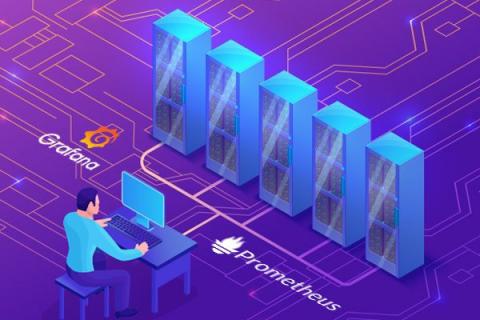Systems | Development | Analytics | API | Testing
Monitoring
Prometheus Remote Write integration for k6 Cloud with Mostafa Moradian (k6 Office Hours)
Log Management & Managed Open Distro ELK Platform, Logit.io Launch New Teams & Users UI
How to Implement Prometheus Monitoring + Grafana Dashboards
Enterprises looking to decrease downtime and optimize resources can implement server monitoring using tools like Prometheus and Grafana.
Virtualized environments need a new kind of monitoring
5G is in the process of transforming communications technology, enabling never-before-seen data transfer speeds and high-performance remote computing capabilities. As a cloud-native application, 5G provides advantages in terms of speed, agility, efficiency and robustness.
Take your mobile monitoring to the next level
While there’s room for debate in what constitutes sufficient monitoring for a mobile app, it’s no question that if you wait long enough for users to report issues, then soon you will have no users. For most mobile development teams, you are not measured against how many features you deliver or bugs you fix, but by how successful your app is and how much value it delivers to users. As a result, you need to know where the app is providing a subpar experience and why.
Service Mesh and Microservices: Improving Network Management and Observability
Whether you're transitioning away from a monolith or building a green-field app, opting for a microservice architecture brings many benefits as well as certain challenges. These challenges include namely managing the network and maintaining observability in the microservice architecture. Enter the service mesh, a valuable component of modern cloud-native applications that handles inter-service communication and offers a solution to network management and microservice architecture visibility.
SmartBear Adds Enterprise-grade Application Stability and Error Monitoring with Acquisition of Bugsnag
Bridge the gap in your OSS by adding an AI brain on top
Telecom companies monitor their network using a variety of monitoring tools. There are separate fault management and performance management platforms for different areas of the network (core, RAN, etc.), and infrastructure is monitored separately. Although these solutions monitor network functions and logic – something that would seem to make sense — in practice this strategy fails to produce accurate and effective monitoring or reduce time to detection of service experience issues.









